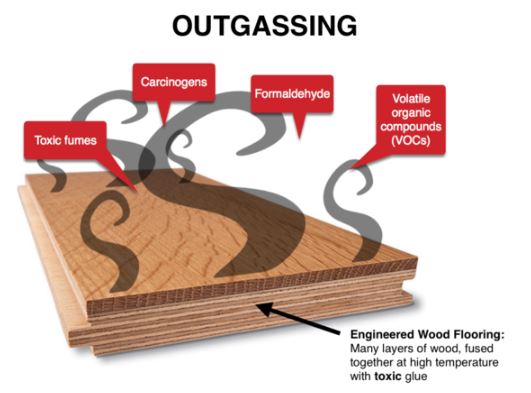The European Commission has adopted measures to better protect consumers from the risk of cancer by setting maximum emission limits for the carcinogenic substance formaldehyde in various types of consumer products.
The new measures adopted by the European Commission in July have established maximum emission limits for formaldehyde in consumer products. The rules are aimed at reducing adverse health effects related to exposure to formaldehyde. For wood products and furniture, as well as furniture for road vehicles, the future limit will be 0.062 mg/m³ of formaldehyde in indoor air. For all other items such as textiles, leather, plastics, construction materials, or electronic products, the new limit will be 0.080 mg/m³.
This will ensure a high level of protection for human health while limiting the socio-economic burden and the need for technological change in many industries and sectors. According to the European Commission, most formaldehyde produced or imported in the European Union is used to manufacture formaldehyde-based resins, a type of resin used in various products, primarily in wood panel production.
These resins are also used in making furniture and flooring as well as parts of road vehicles. The Commission considers products made from wood as the primary source of formaldehyde emissions in indoor air, particularly in newly built houses. The Commission explains in the regulatory text that lower emission limits for these items and products “enhance public protection and simultaneously limit the socio-economic cost in sectors not contributing to equivalent emission levels.” Similarly, the rules state that lower limits for formaldehyde in furniture for road vehicles are intended to “ensure full protection, particularly for vulnerable groups.”
Manufacturers of items using formaldehyde will have 36 months to comply with the new regulations, providing sufficient time for stakeholders to meet the restrictions, develop related analysis methods for measuring formaldehyde emissions, and implement formaldehyde-free or low-formaldehyde emission products. A limit of 48 months will be applied for vehicles.
Furthermore, the European Chemicals Agency, with support from the sector and experts, will develop guidance for creating the conditions for harmonized testing to measure formaldehyde emissions.

Formaldehyde is known to have carcinogenic and mutagenic properties and can also act as a skin sensitizer and a toxic substance. The Commission hopes that stakeholders will use this time to develop analysis methods for measuring formaldehyde emissions and implement formaldehyde-free or low-formaldehyde emission products. The European Chemicals Agency, the EU’s chemicals agency tasked with protecting human health and the environment, will develop guidance to create favorable conditions for consistent implementation of testing conditions for measuring formaldehyde emissions.
Source: goviet.org.vn





